Vertigo- Do You Struggle with Dizziness?
Have you ever felt like the room was spinning? Have you been so dizzy that you were unable to get out of bed or go to work? Have you been afraid of falling down?
Did you know that dizziness is among the most common conditions in the United States, affecting 5.5% of the population? Vertigo is one form of dizziness. The most common form of dizziness and vertigo is known as Benign Paroxysmal Positional Vertigo (BPPV), also known as Positional Vertigo. BPPV is commonly treated by vestibular physical therapists.
BPPV is a disorder of the inner ear that is caused when otoconia (tiny calcium carbonate crystals) become dislodged and float freely in the semi-circular canal(s). Symptoms include: vertigo, dizziness, fatigue, nausea, vomiting, abnormal eye movements, and sweating.
A vestibular physical therapist can treat BPPV with specific head and body movements called Canalith Repositioning Maneuvers. There are twelve different presentations of BPPV with different maneuvers used to manage each. Performing the correct maneuver helps to prevent the calcium carbonate crystals from displacing into other canals. These movements guide the otoconia out of the semi-circular canal and have 98.4% efficacy after just three treatments (Macias et al 2000).
Following successful treatment of BPPV, a vestibular therapist will often also check for residual motion sensitivity, limited mobility, muscle tightness, or imbalance issues that can often persist. Dizziness and vertigo can often lead to neck tightness and stiffness and difficulty with balance and gait.
If you are experiencing or have experienced vertigo or dizziness, please consult with our vestibular physical therapist here at Refuge to see how we can empower you to move past dizziness.
Click the link below to schedule with Dr. Josh.
